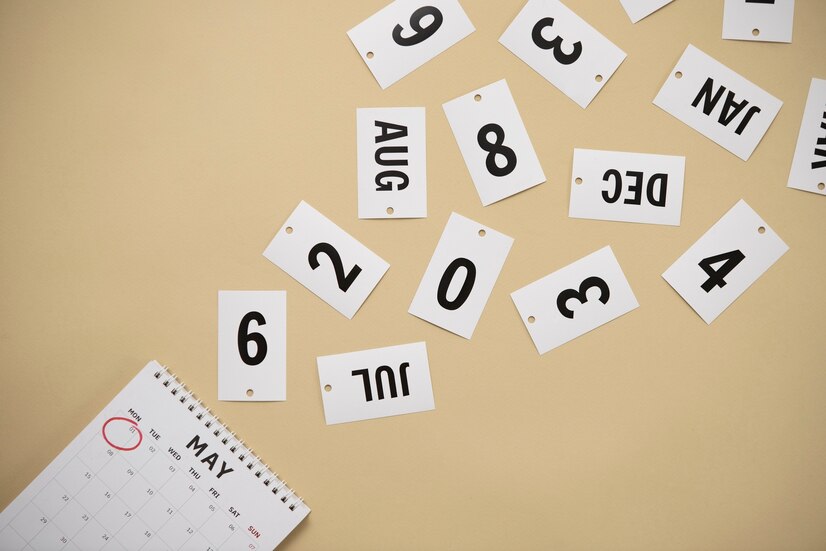The dividend record date, also known simply as the record date, is the cut-off date established by a company to determine which shareholders are eligible to receive a dividend payment. Question in our mind What is dividend record date ? Answer is Only shareholders who are officially recorded on the company’s books as of the record date will receive the dividend.
How the Dividend Record Date Works ?
When a company declares a dividend, it announces several key dates:
- Declaration Date: The date on which the company’s board of directors announces the dividend.
- Ex-Dividend Date: The date on which the stock starts trading without the value of its next dividend payment. Typically, this is one business day before the record date.
- Record Date: The date on which you must be a shareholder to receive the declared dividend.
- Payment Date: The date on which the dividend is actually paid out to shareholders.
Key Dates Explained
1. Declaration Date
This is the date when the company announces its intention to pay a dividend. The declaration includes the amount of the dividend, the record date, the ex-dividend date, and the payment date.
2. Ex-Dividend Date
The ex-dividend date is crucial because it determines who qualifies for the dividend. If you purchase the stock on or after the ex-dividend date, you will not receive the upcoming dividend. To be eligible, you must buy the stock before the ex-dividend date.
3. Record Date
The record date is when the company reviews its list of shareholders to determine who will receive the dividend. Only those who are recorded as shareholders by the close of business on the record date will be eligible.
4. Payment Date
This is the date the dividend is actually paid out to shareholders who were on record as of the record date.
Example of Dividend Record Date
Let’s consider an example to illustrate these dates:
- Declaration Date: June 1
- Ex-Dividend Date: June 14
- Record Date: June 15
- Payment Date: June 30
If you buy the stock on June 13, you will be on the record as a shareholder on June 15 and will receive the dividend on June 30. However, if you buy the stock on June 14 or later, you will not be eligible for the upcoming dividend.
Significance of the Dividend Record Date
1. Determining Eligibility
The record date ensures clarity on who is entitled to receive the dividend. This helps avoid confusion and disputes over dividend payments.
2. Investor Strategies
Understanding the record date can help investors plan their purchases and sales to qualify for dividends. Investors may buy stocks just before the ex-dividend date to receive the dividend and then sell them shortly after.
3. Stock Price Adjustments
On the ex-dividend date, a stock’s price typically drops by the amount of the dividend. This reflects the fact that new buyers will not receive the upcoming dividend.
Conclusion
From above details we clear our doubt regarding “what is dividend record date ?” The dividend record date is a key piece of information for investors who are interested in receiving dividends from their stock holdings. By understanding the record date, along with the declaration, ex-dividend, and payment dates, investors can make informed decisions about their stock purchases and maximize their dividend income. Whether you are a seasoned investor or new to the stock market, keeping track of these dates is essential for effective dividend investing.

One thought on “What is dividend record date ?”